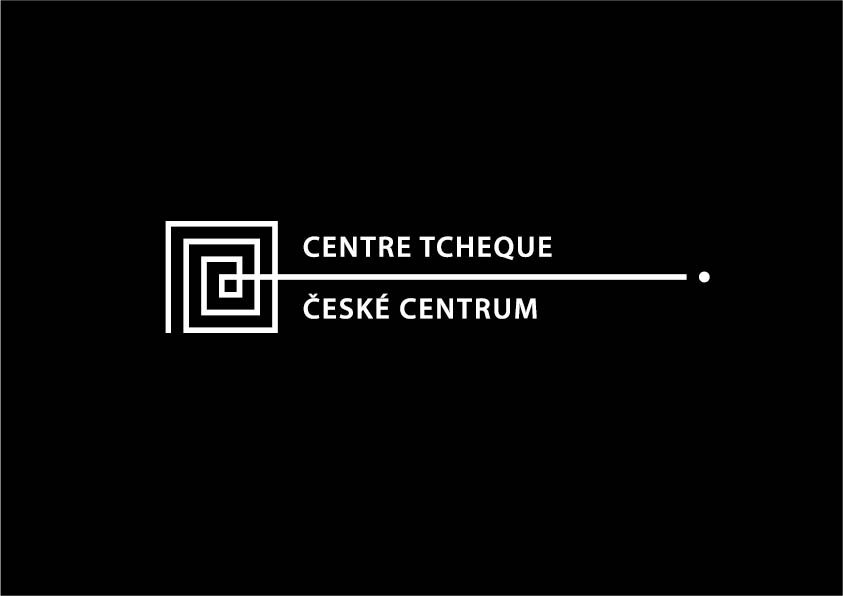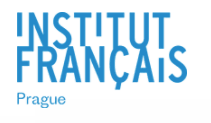 How to get to us
How to get to us
MeetFactory, o. p. s.
Ke Sklárně 3213/15
150 00 Praha 5
GPS:
50.053653
14.408441
Opening hours:
13:00 to 20:00 + based on evening program
Planted in the Body
29. 6. -
22. 8. 2021
The international group exhibition Planted in the Body continues the thematic direction of the explorative exhibition series Other Knowledge. This show looks into plants as sources and carriers of knowledge, and explores more precisely how the unique knowledge flora has been holding for centuries is transmitted. It highlights matrilineal and ancestral chains’ roles in preserving and passing down nature’s teachings. The latter are extremely diverse and touch on the realm of medicine, spirituality, survival skills, food practices, traumas and political memories.
At its core, the exhibition endorses the notion of ‘plantcestors’, considering that the non-linear knowledge channelled through vegetation can be accessed without intermediaries and is planted in our bodies. Common resources are our best teachers to live in ecological balance. This explains the importance of indigenous knowledges — ones that have been severely lost through the imperial, colonial and capitalist dominations — to learn how to live in harmony with the vegetal, animal, mineral, spiritual and ancestral worlds. In this, some works featured envision regenerative practices for landscapes, soils and bodies.
If plants are vessels, then we should act as recipients of their heritage. Works in the exhibition Planted in the Body address all these issues looking into our common kinship as well as into the future, and tell sidelined histories and narratives.
The power born by plants is tackled in the paintings by Aboriginal artist Emily Kame Kngwarreye who depicts how women use atnwelarr (pencil yam) and native seeds, miracles to survive in the desert, and their relation to the ancestral landscape and cosmogony. The work of Solange Pessoa is also attentive to such filiations. In her watercolours, whose organic and abstracted motifs are redolent of historical cave paintings while suggesting Modern painting, she uses Genipapo and Lineaca — native oils and dyes indigenous Mineiro tribes use for medicinal purposes and for body painting. Laura Huertas Millán too considers a specific plant, the coca, known as Jiíbie or mambe, which, in Colombia, is traditionally a sacred interlocutor for families and not a mere product and narcotic. She reveals how the leaves communicate with the community in the process of being crushed to powder. Likewise, Suzanne Husky paints botanical species on ceramic pots and plates to highlight their role as plantcestors that teach and transmit in addition to cure.
Political turmoil is never far, as botany is so much entrenched into power relations. If in the show, it keeps at a quiet distance, we can still hear its rumours. In their videos Saodat Ismailova and Uriel Orlow present trees as witnesses of important historical events and sources of energy — respectively as spiritual entities able to make prayers of women worshippers manifest in Tajikistan and as contributors to past and present healing processes in a mafia-entrenched Sicily. On her side, through a video installation and monumental textile work, Corinna Silva looks at gardening as a resistance strategy opening the doors of a women’s walled garden in Central Turkey. By doing so, she also investigates matrilinearity and how earth know-how can be cultivated. Similarly, the newly commissioned film and installation by Nikola Brabcová documents the gardening work and knowledge of her mother-in-law. The feminine and ancestral connections that often accompany natural remedies and practices appear in the paintings of Adéla Součková too. She brings into the show strong visual symbols of mother-goddesses and an ancestral tree, combining them with the use of vegetable dyes. Last but not least, Luiza Prado goes further in the exploration of our natural kinship by focusing on edible seeds, spices and vegetable products, considering food chains and interspecies exchange and coexistence.
As a whole, the show brings together artists from various countries and backgrounds, working in multiple media, techniques and styles, and stressing how interconnected our human existence and knowledge are with the ones of plants.
Planted in the Body
Artists: Nikola Brabcová (CZ) & Alexandra Cihanská Machová (SK), Laura Huertas Millán (CO), Suzanne Husky (FR/USA), Saodat Ismailova (UZ), Emily Kame Kngwarreye (AU), Uriel Orlow (CH/UK), Solange Pessoa (BR), Luiza Prado de O. Martins (BR), Corinne Silva (UK), Adéla Součková (CZ)
Curated by Clelia Coussonnet & Tereza Jindrová
Concept: Clelia Coussonnet
Production: Jan Vítek
Production Assistant: Alena Brošková
Architecture: Jakub Červenka
PR: Zuzana Kolouchová, Filip Pleskač
Graphic design: Jan Arndt, Richard Wilde
Installation team: Vladimír Drbohlav, Jarmila Havlíková, Jiří Kaňák, Antonín Klouček, Ondrěj Kohout, Tomáš Koutník, Šimon Lakomý, Karel Mazač, Oliver Mazač, Vojtěch Žák
Supported by the peoples of Iceland, Liechtenstein and Norway through the EEA Grants
gallery reader
Curatorial Text
Exhibition photos by Studio Flusser
Essay accompanying the video installation Celestial Circles by Saodat Ismailova:
O. V. Goršunovová: The Sacred Trees of Chodži Baror
Luiza Prado de O. Martins: Poznámky k vidoucím / Notes to the Seers
Clelia Coussonnet and Tereza Jindrová: What can plants teach us? - interview












